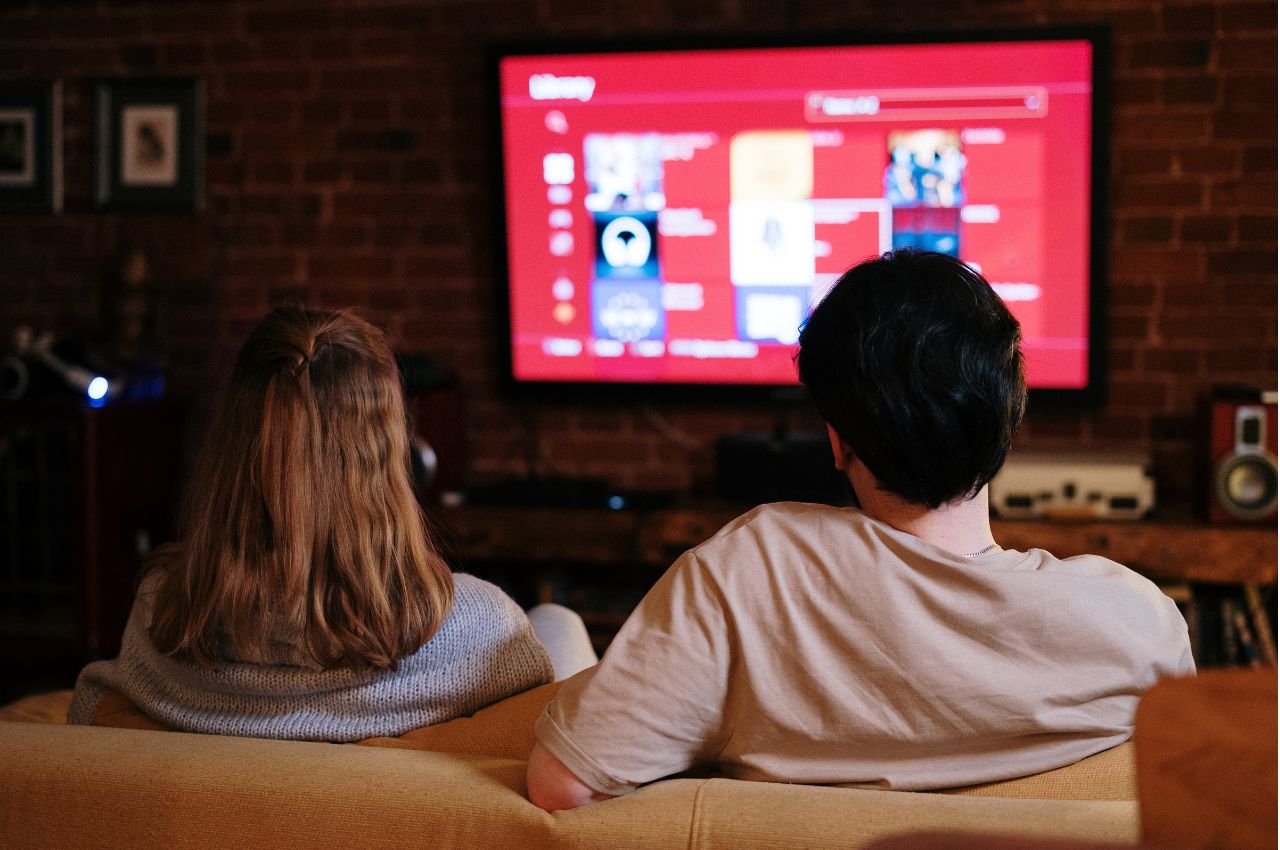
Nielsen’s July 2023 report shows a new milestone in TV viewing, with cable and broadcast (linear TV) usage falling below 50% among U.S. viewers for the first time. In 2021, linear TV still represented 63.6% of total TV usage
Meanwhile, streaming services have skyrocketed 25.3% year-over-year to a record high of 38.7%. YouTube and Netflix were top contributors to the rise in streaming viewership. Prime Video also recorded a personal best in terms of share; viewing was 3.4%, up 5% compared to June. Previously, cord-cutters pointed to streaming services’ low prices as the reason for dropping their cable TV packages. However, this may no longer be the case. According to the Financial Times, the top U.S. streaming platforms will cost $87 per month, which is now more expensive than the average cable subscription at $83.
Last week, Disney announced yet another round of price increases for Disney+, Hulu and ESPN+. Additionally, Netflix removed its basic ad-free plan in the U.S., the U.K. and Canada in an effort to drive customers to its $15.49/month standard tier. Disney’s price hike comes as Disney+ continues to lose subscribers for the third consecutive quarter. The company also said that it would follow in Netflix’s footsteps regarding password-sharing rules.
Due to these recent price hikes, users are migrating towards free ad-supported streaming TV (FAST) services such as Freevee, Pluto TV, Tubi, Roku Channel, and Crackle. According to Samba TV, one out of three US subscribers are now subscribed to FAST services. With this shift, major subscription video streaming services will face a challenge in convincing users to pay for their premium content.